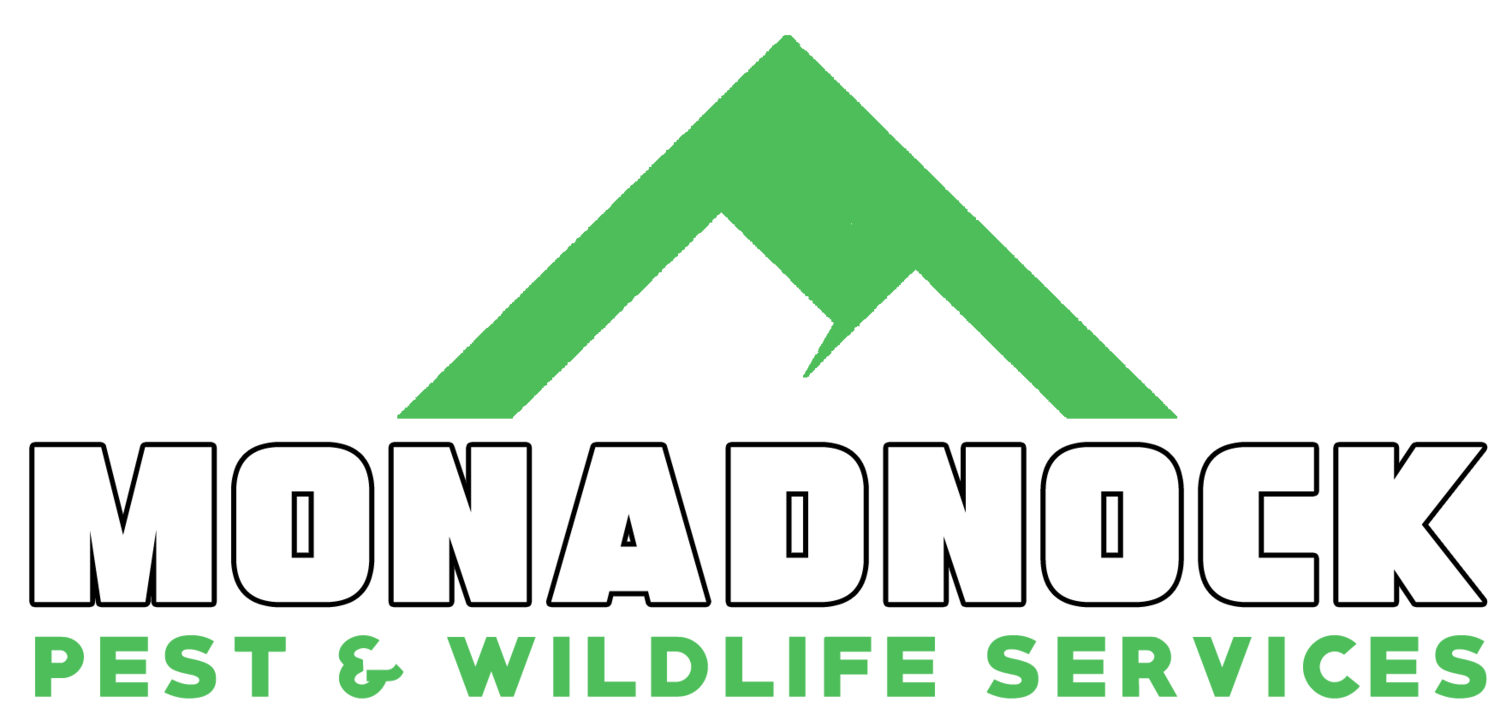
NH Ant Control
Ants are no picnic…
New Hampshire is home to several species of ants; four of which are a primary concern/nuisance inside homes and business throughout the state. Some species, such as pavement ants (Tetramorium caespitum) and odorous house ants (Tapinoma sessile) are only a nuisance; raiding kitchens, bathrooms, and other areas in search of food and water.
Others, such as the carpenter ant (Camponotus spp.) can pose serious damage to your structure and property, damaging wood and insulation as they mine for colony galleries inside the walls of a building. Acrobat ants (Crematogaster spp.) can also pose minor threats to building materials such as insulation, pre-damaged wood (rot) and wiring.
Carpenter Ant (Camponotus spp.)
Why Here?
There are dozens of reasons for why ants have chosen your home or business to invade. All ant species are indigenous around the exteriors of New Hampshire structures, and it isn’t long before their elaborate colonies (rich with foraging workers) detect and choose to enter your space.
Tree stumps, landscape mulch, ornamental plants, water-damaged trim and clogged gutters are just a few of the many attractors that bring ant colonies to your structure. Once inside, their foraging behavior drives them to seek out food and moisture for colony sustainability.
Why Monadnock?
Finding (and addressing) the source of your ant issue depends greatly on which particular species of ant you’re dealing with. While some species of ants are likely to be emanating from an exterior colony source, others may be invading from below - in the structure’s foundation cracks; and others still may have already established a colony inside the walls of your home or business. Having a seasoned insect pest professional properly identify exactly which species of ant is causing your issue is often paramount to full success and remediation of the issue. With over 30 years of ant control experience behind us, we know ants!
Acrobat Ants discovered behind basement insulation. (Photo | Jeff Traynor, A.C.E.)
Nuisance characteristics:
Common ant issues include (but are not limited to):
Harborage inside homes, crawlspaces, businesses, and other human-inhabited areas.
Damage to structures as a result of foraging, excavating of material and nesting.
Nuisance in & around food handling surfaces such as kitchens, counter tops, cabinets, and pantries.
Food contamination as a result of foraging.
Damage to lawns, turf, or trees due to colony expansions.
Most Common Ant Species:
Common interior ant species include (but are not limited to):
Carpenter ants (Camponotus spp.)
Pavement ants (Tetramorium caespitum)
Odorous house ants (Tapinoma sessile)
Pharaoh ants (Monomorium pharaonis)
Acrobat ants (Crematogaster spp.)
Little Black ants (Monomorium minimum)
Common exterior ant species include (but are not limited to):
Allegheny Mound ants (Formica exsectoides)
Citronella ants (Lasius interjectus)
Having trouble with ants? If you live in southern New Hampshire, we’re ready to assist - contact Monadnock Pest & Wildlife today for a worry-free inspection and estimate to assist with evicting ants from your property!
Read More about Ants on our Pest Blog:
Give us a call:
(603)-784-5828
Not much of a phone talker?
Send us a message and we’ll respond to your inquiry shortly.
We check our email messages promptly!





Whether its soiled insulation posing health risks and impacting coveted R-value for home heat efficiency, hazardous electrical wiring gnawed by persistent rodents, or structural damage caused by wood-destroying and boring insects; what you can’t see above you may pose serious problems.